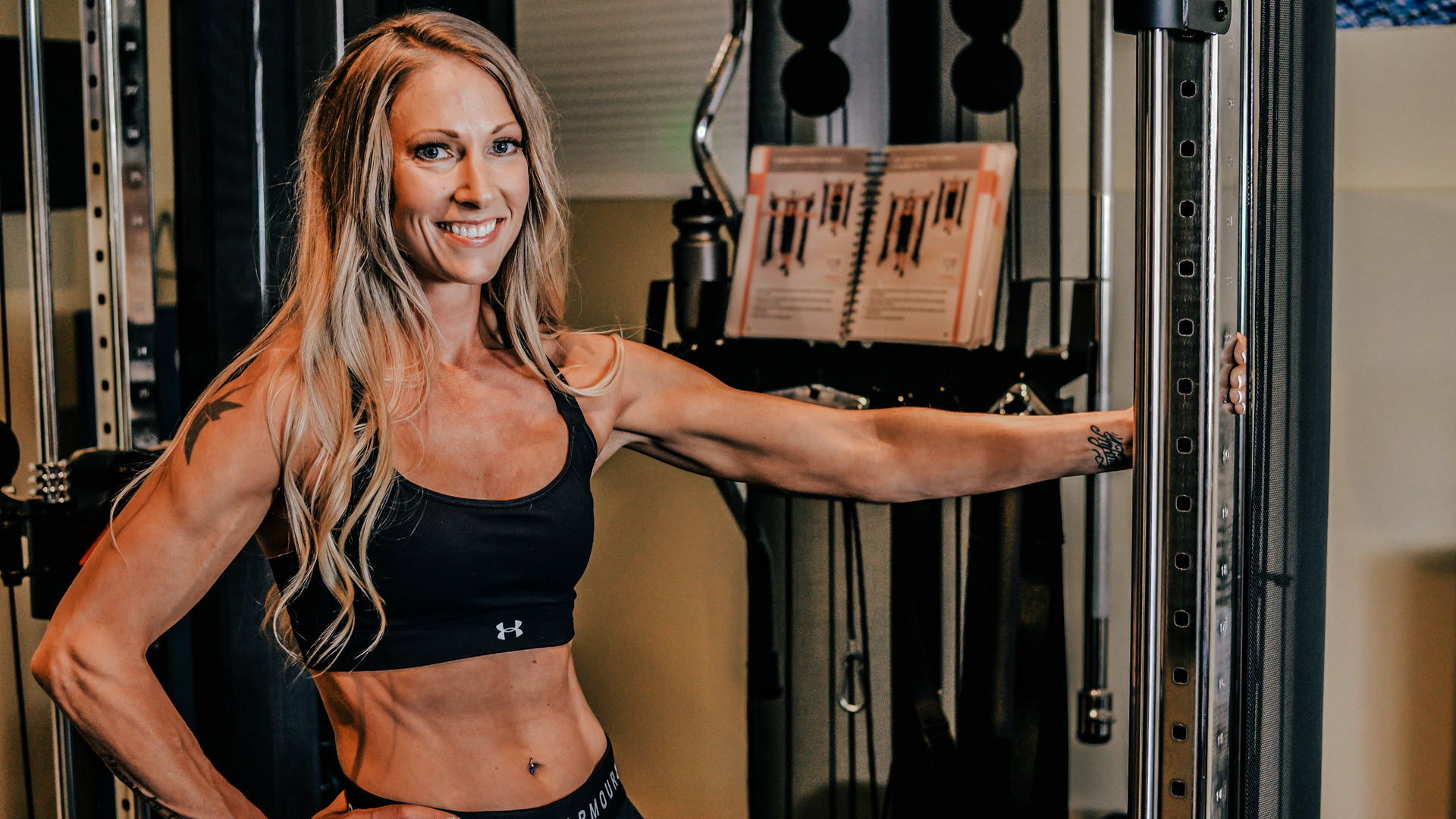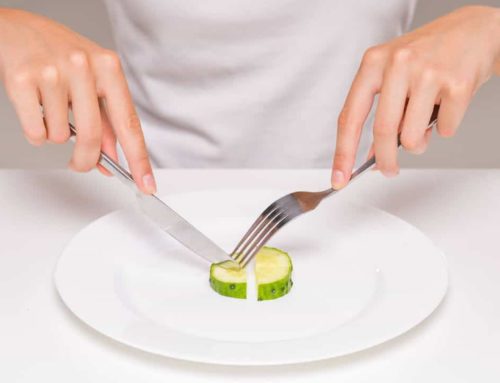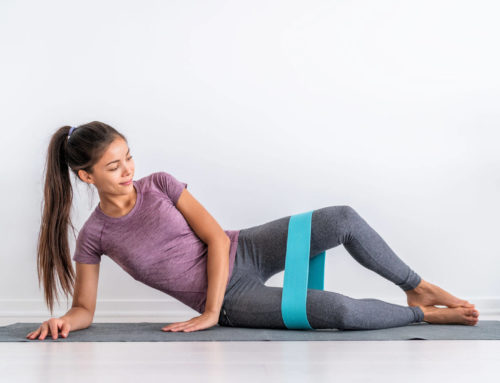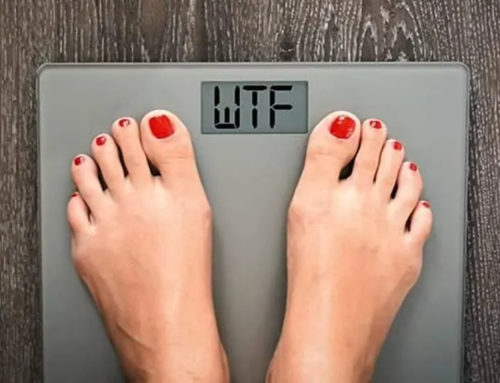
Top 5 Super Easy Ways to Reduce Bloat
I don’t know if I’ve encountered a single person who hasn’t experienced this uncomfortable feeling in their gut. Bloating can be downright painful, accompanied by swelling, gas, cramps, and tummy rumbles. But in addition to the physical discomfort, psychologically it’s not great either – bloating can really take a toll on our confidence and body image. Have you ever found yourself fidgeting with your pants, resorting to baggier clothing, or avoiding an event all together because you don’t like the way you look and feel? I’ve been there, done that a thousand times over.
The good news is that there are many things you can do to reduce bloat, which leads to better gut health, improved self-esteem, and less discomfort.
Here’s my list:
Bottom line: bloating is all too common, but can be corrected by a number of things within your control. Start with these tips to help hydrate, regulate, and feel better around that mid-section.

Top 5 Super Easy Ways to Reduce Bloat
I don’t know if I’ve encountered a single person who hasn’t experienced this uncomfortable feeling in their gut. Bloating can be downright painful, accompanied by swelling, gas, cramps, and tummy rumbles. But in addition to the physical discomfort, psychologically it’s not great either – bloating can really take a toll on our confidence and body image. Have you ever found yourself fidgeting with your pants, resorting to baggier clothing, or avoiding an event all together because you don’t like the way you look and feel? I’ve been there, done that a thousand times over.
The good news is that there are many things you can do to reduce bloat, which leads to better gut health, improved self-esteem, and less discomfort.
Here’s my list:
Bottom line: bloating is all too common, but can be corrected by a number of things within your control. Start with these tips to help hydrate, regulate, and feel better around that mid-section.














